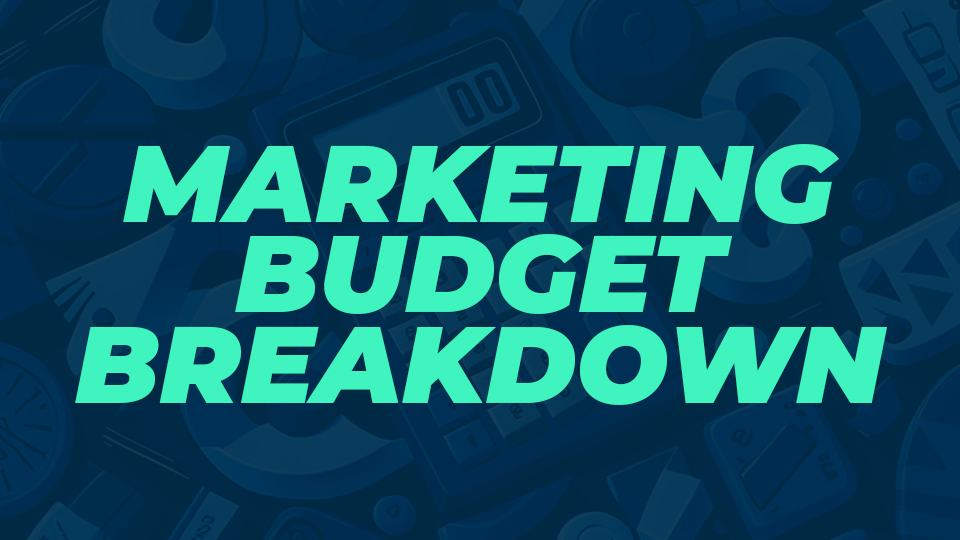
Calculating a Marketing Budget: A Guide for Small and Medium-Sized Businesses
Marketing is the lifeblood of any business, but it can also be a double-edged sword. On one hand, a well-executed marketing campaign can drive growth, increase sales, and establish a brand’s reputation. On the other hand, marketing can also be expensive, especially for small and medium-sized businesses with limited budgets.
So, how do you determine how much to allocate for marketing and make the most of your budget? The key is to approach your marketing budget like a mathematical equation, where you have to balance your desired outcomes with the resources you have available.
In this article, we’ll take you through the steps of calculating a marketing budget that’s right for your business, using a combination of data, analysis, and good old-fashioned common sense.
Step 1: Assess Your Business Goals
Before you can determine your marketing budget, you need to know what you’re trying to achieve. Are you trying to increase brand awareness? Launch a new product? Enter a new market? Whatever your goal, it’s important to have a clear understanding of what you want to achieve and how you will measure success.

Step 2: Analyze Your Market
Once you know what you want to achieve, the next step is to analyze your market. This includes researching your competitors, understanding your target audience, and identifying the channels and tactics that are most likely to reach your desired outcome.
Step 3: Evaluate Your Resources
Now that you know what you want to achieve and how you plan to do it, it’s time to evaluate your resources. This includes assessing your in-house marketing capabilities, as well as the budget you have available for external resources such as agencies, consultants, and contractors.
Step 4: Set Your Budget
With all of the information you’ve gathered, you can now set your marketing budget. The most common method is to allocate a percentage of your overall revenue, but you may also choose to set a fixed dollar amount. The important thing is to make sure that your budget aligns with your goals and that you have a clear understanding of how your budget will be allocated and managed.
Step 5: Review and Adjust
Finally, it’s important to regularly review and adjust your marketing budget as needed. This means regularly monitoring your marketing results, reassessing your goals, and making any necessary adjustments to your budget and tactics to ensure that you are getting the results you want.

In conclusion, calculating a marketing budget can be a challenging but rewarding process. By approaching it with a combination of data, analysis, and common sense, you can create a budget that meets your business goals and maximizes your return on investment.
The 2 to 10% Rule
When it comes to calculating a marketing budget, the common rule of thumb is to allocate between 2% and 10% of your total revenue to marketing expenses. However, this figure often leads to questions about what exactly is included in the marketing budget. It’s important to understand that the 2-10% rule is a general guideline, and the actual amount you spend will depend on several factors, including the size of your business and your specific marketing goals.
The 2-10% rule typically includes expenses related to marketing and advertising, such as:
- Advertising costs, such as pay-per-click ads, social media advertising, and print ads
- Marketing materials, such as flyers, brochures, and promotional items
- Event and trade show expenses, such as booth rental and promotional materials
- Digital marketing expenses, such as website design and development, search engine optimization (SEO), and email marketing
- Marketing team salaries and benefits, including those of in-house marketing staff, contractors, and agency fees
However, there are some costs that are not typically included in the 2-10% rule, such as:
- Branding and identity development costs, such as logo design and brand guideline development
- Product development and research costs
- Public relations expenses, such as press releases and media outreach
- Content creation costs, such as writing, photography, and video production
It’s important to remember that the 2-10% rule is just a starting point. Your marketing budget should be flexible and adaptable, and should be regularly reviewed and adjusted based on your actual marketing expenses and the results you are seeing from your efforts. Ultimately, the goal should be to spend what you need to in order to reach your marketing goals and drive a positive return on investment (ROI) for your business.




